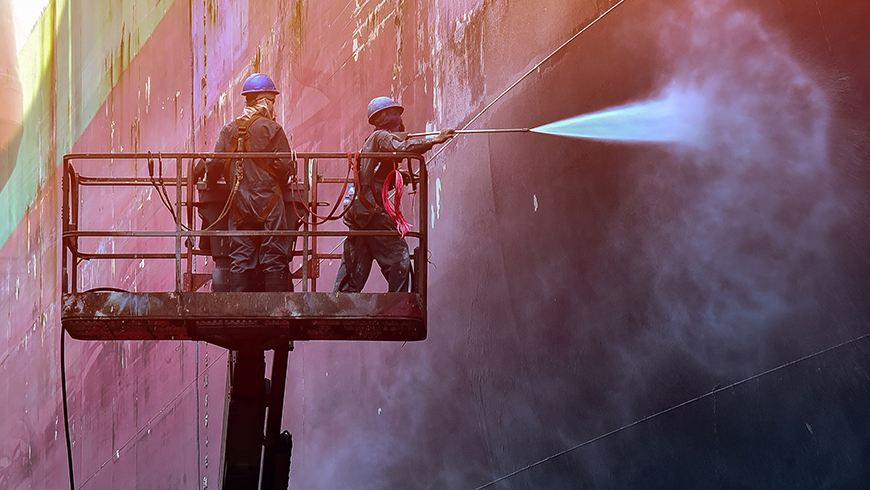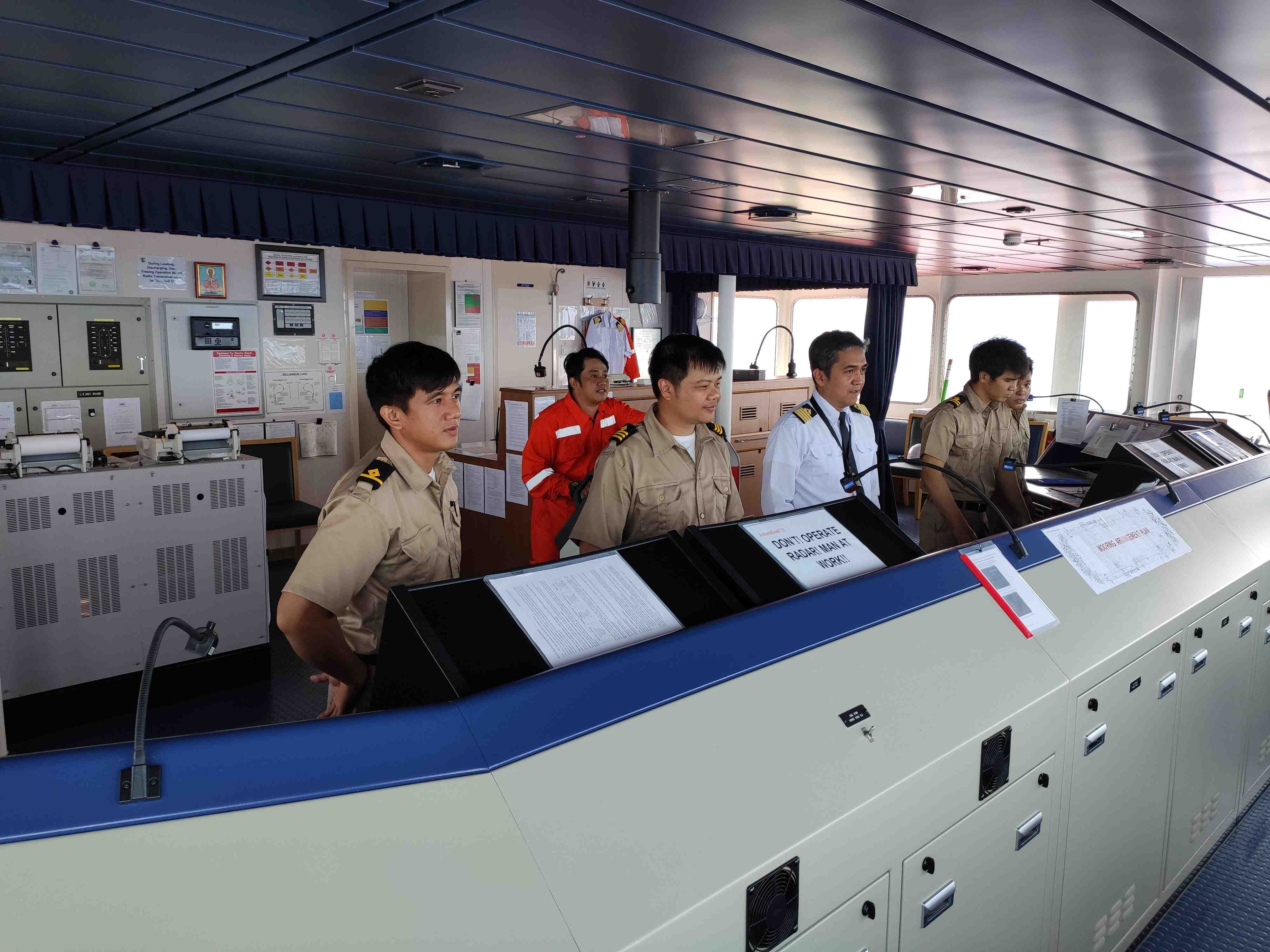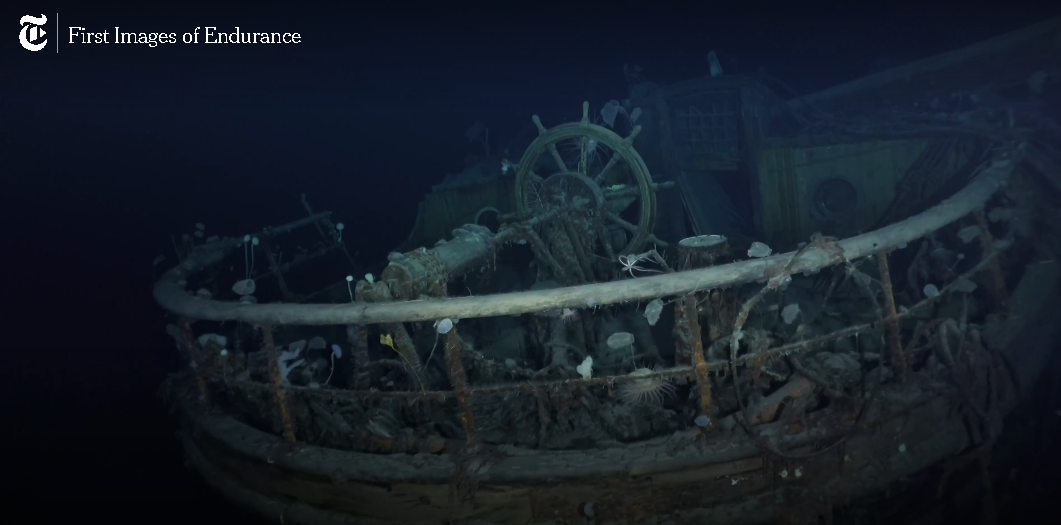Early in October, at the request of IMO, the International Maritime Pilots Association (IMPA) conducted a worldwide safety campaign. this was, essentially, a two-week online survey, carried out by Pilots, of the ladders they are using. It covered thousands of boardings or disembarkations. Nick Cutmore, IMPA's Secretary General, examines the findings.
Overview
Biofouling occurs when organisms attach and grow on the submerged parts of a vessel like the hull, propellers, anchors, niche areas and fishing gear. Vessel biofouling and a ship’s ballast water are major pathways for the introduction of marine species into the oceans. They can spread, threaten healthy marine habitats, and have adverse economic and health effects. As AMSA has noted, all vessels pose some risk to Australia’s marine biosecurity. To manage this risk, the Department of Agriculture, Water and the Environment is working closely with Australia, international shipping industries and recreational vessel operators on a number of initiatives.
Mandatory biofouling management requirements for international vessels
New requirements for managing biofouling on international vessels arriving in Australia will begin on 15 June 2022.
Overview
In January 2022, the International Chamber of Shipping (ICS) published the new edition (6th) of the Bridge Procedures Guide, seven years after the previous edition. Bridge procedure guide is an edition globally accepted as an industry’s best practice for bridge procedures.
What’s new?
Explorers and researchers, battling freezing temperatures, have located Endurance, Ernest Shackleton’s ship that sank in the Antarctic in 1915.




